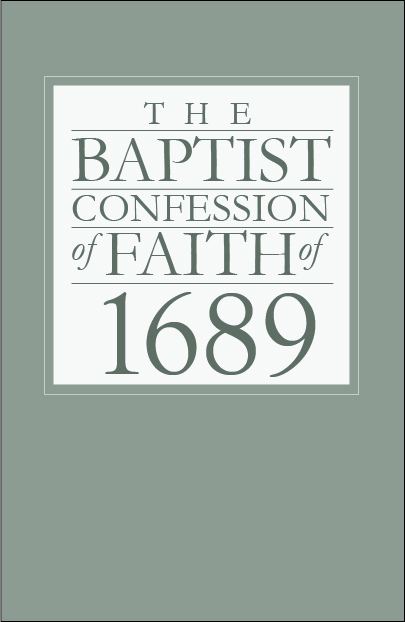 | ||
Similar Westminster Confession of Faith, Westminster Shorter Catechism, Scots Confession, Heidelberg Catechism, On the Detection and Overt | ||
The 1689 Baptist Confession of Faith, also called the Second London Baptist Confession, was written by Particular Baptists, who held to a Calvinistic Soteriology in England to give a formal expression of their Christian faith from a Baptist perspective. This confession, like the Westminster Confession of Faith (1646) and the Savoy Declaration (1658), was written by Puritans who were concerned that their particular church organisation reflect what they perceived to be Biblical teaching. The Philadelphia Confession was a modification of the Second London Confession which added an allowance for singing of hymns, psalms and spiritual songs in the Lord's Supper and made optional the laying on of hands in baptism.
Contents
History
The confession was first published in London in 1677 under the title "A confession of Faith put forth by the Elders and Brethren of many Congregations of Christians, Baptized upon Profession of their Faith in London and the Country. With an Appendies concerning Baptism." It was based on the Westminster Confession of Faith (1646) and the Savoy Declaration (1658), with modifications to reflect Baptist views on church organization and baptism. The confession was published again, under the same title, in 1688 and 1689.
The Toleration Act of 1689
The Act of Toleration 1689 enabled religious freedom and plurality to co-exist alongside the established churches in England and Scotland. This official reprieve resulted in representatives from over 100 Particular Baptist churches to meet together in London from 3–12 September to discuss and endorse the 1677 document. Despite the fact that the document was written in 1677, the official preface to the document has ensured that it would be known as the "1689 Baptist Confession of Faith"...
Views on Pope
The Confession of Faith taught the typical Protestant view of the time that the Pope is antichrist.
26.4. The Lord Jesus Christ is the Head of the church, in whom, by the appointment of the Father, all power for the calling, institution, order or government of the church, is invested in a supreme and sovereign manner; neither can the Pope of Rome in any sense be head thereof, but is that antichrist, that man of sin, and son of perdition, that exalteth himself in the church against Christ.
Historical effects of the 1689 Confession
Particular Baptists were quick to develop churches in colonial America, and in 1707 the Philadelphia Baptist Association was formed. This association formally adopted the 1689 confession in 1742 after years of tacit endorsement by individual churches and congregational members. With the addition of two chapters (on the singing of psalms and the laying on of hands), it was retitled The Philadelphia Confession of Faith Further Calvinistic Baptist church associations formed in the mid-late 18th century and adopted the confession as "The Baptist Confession".
